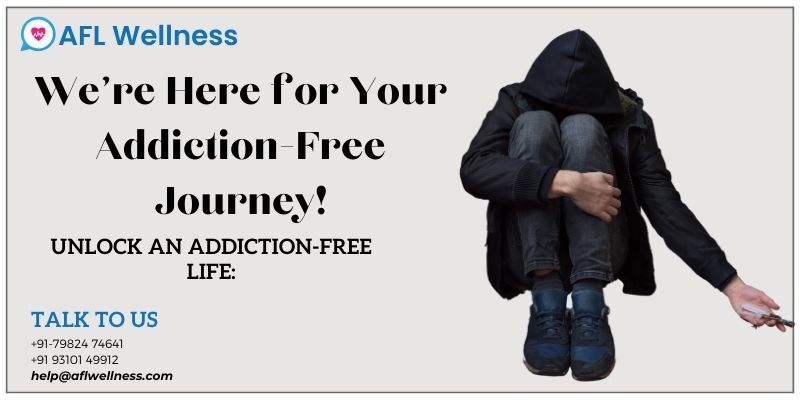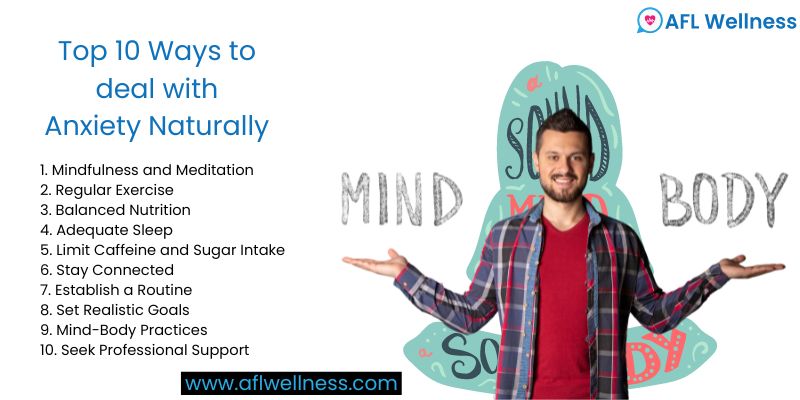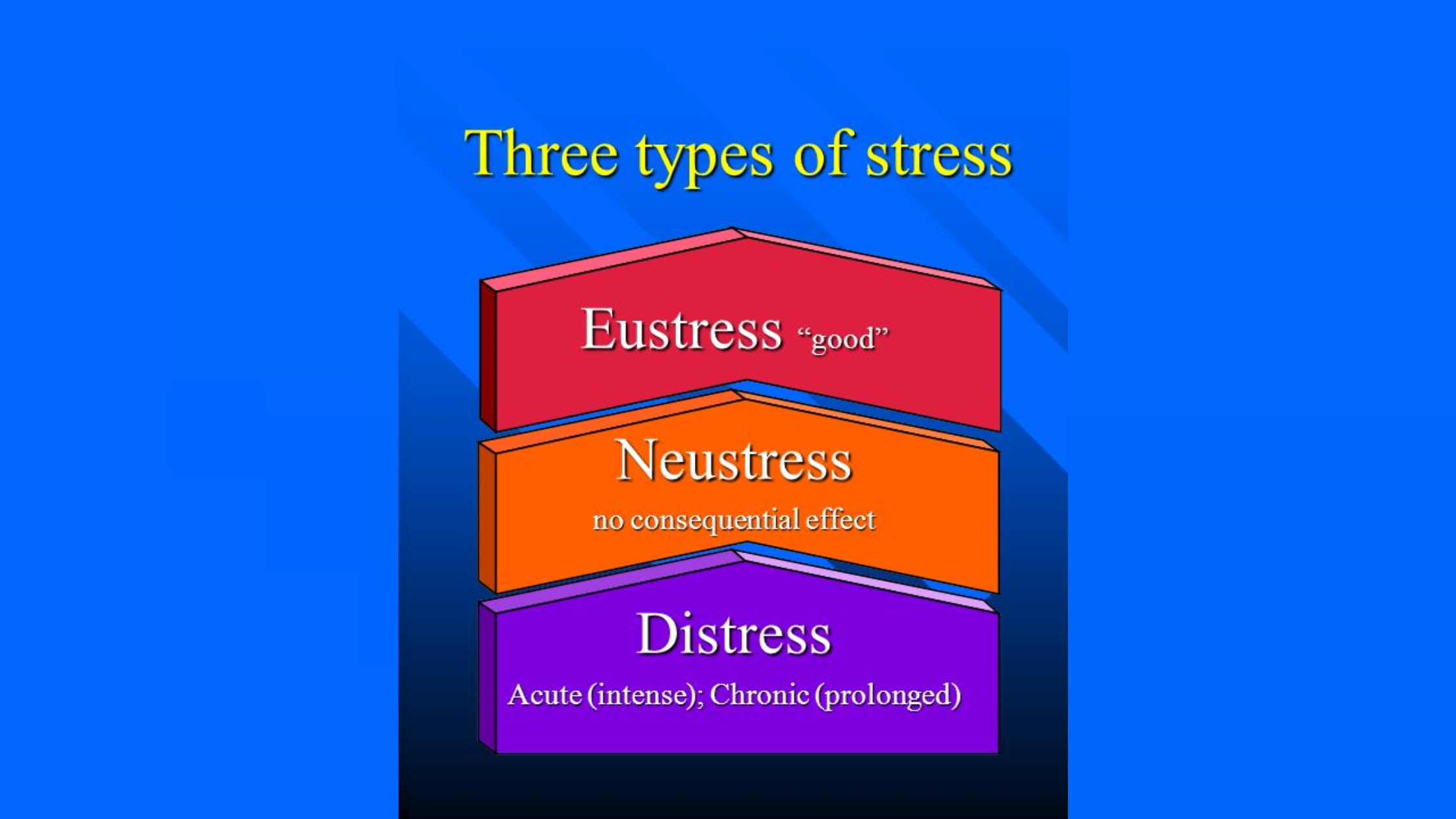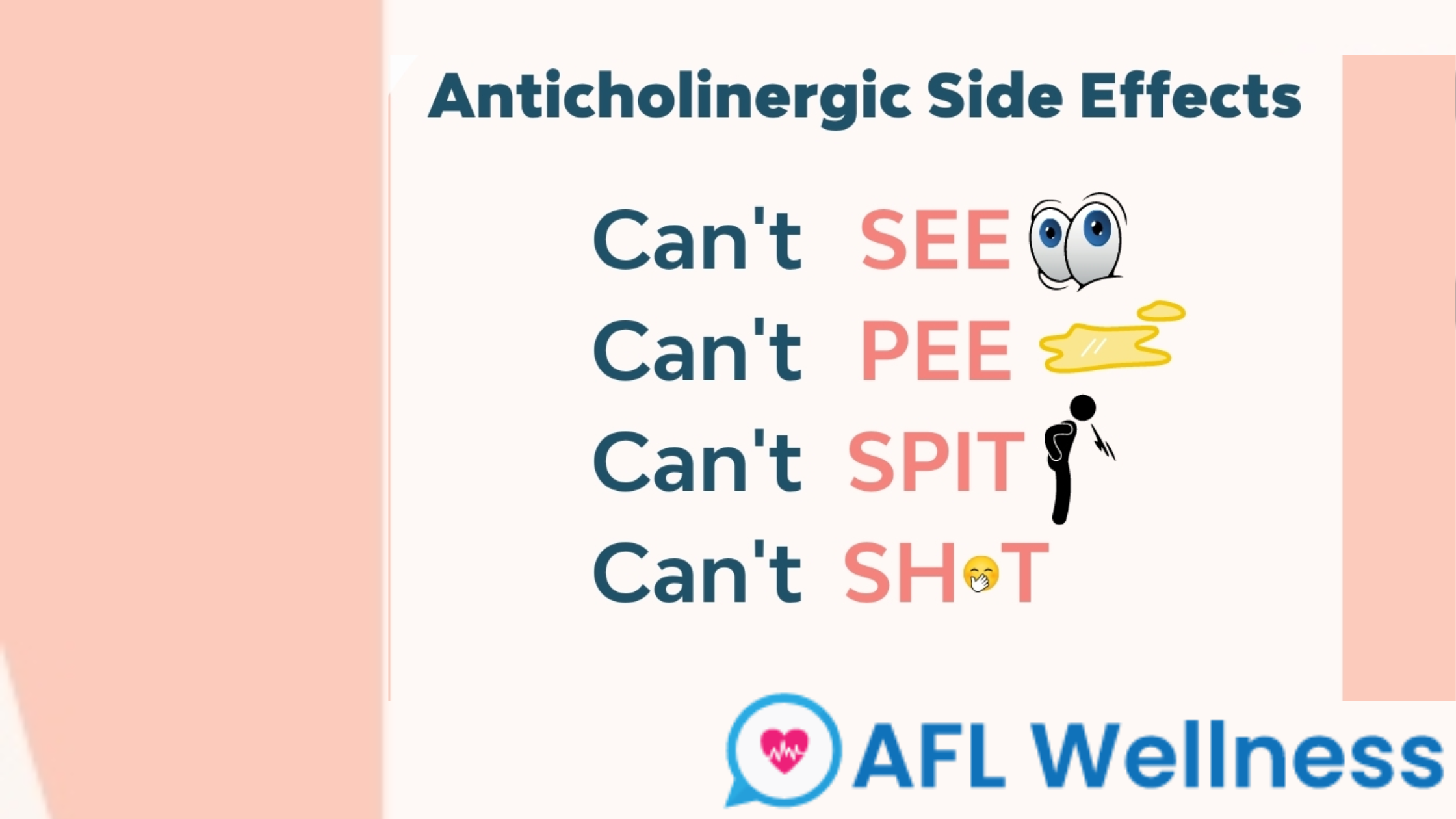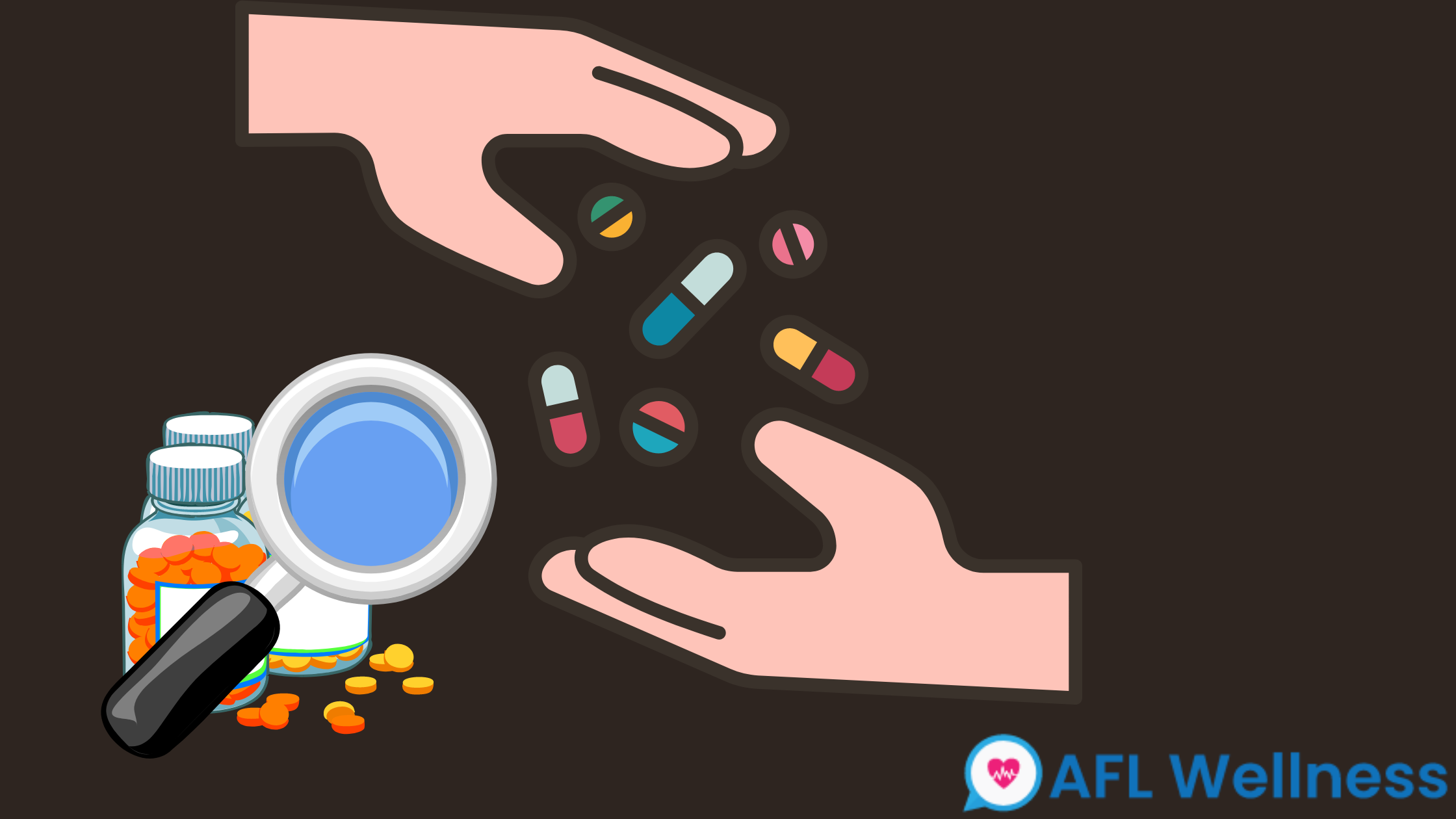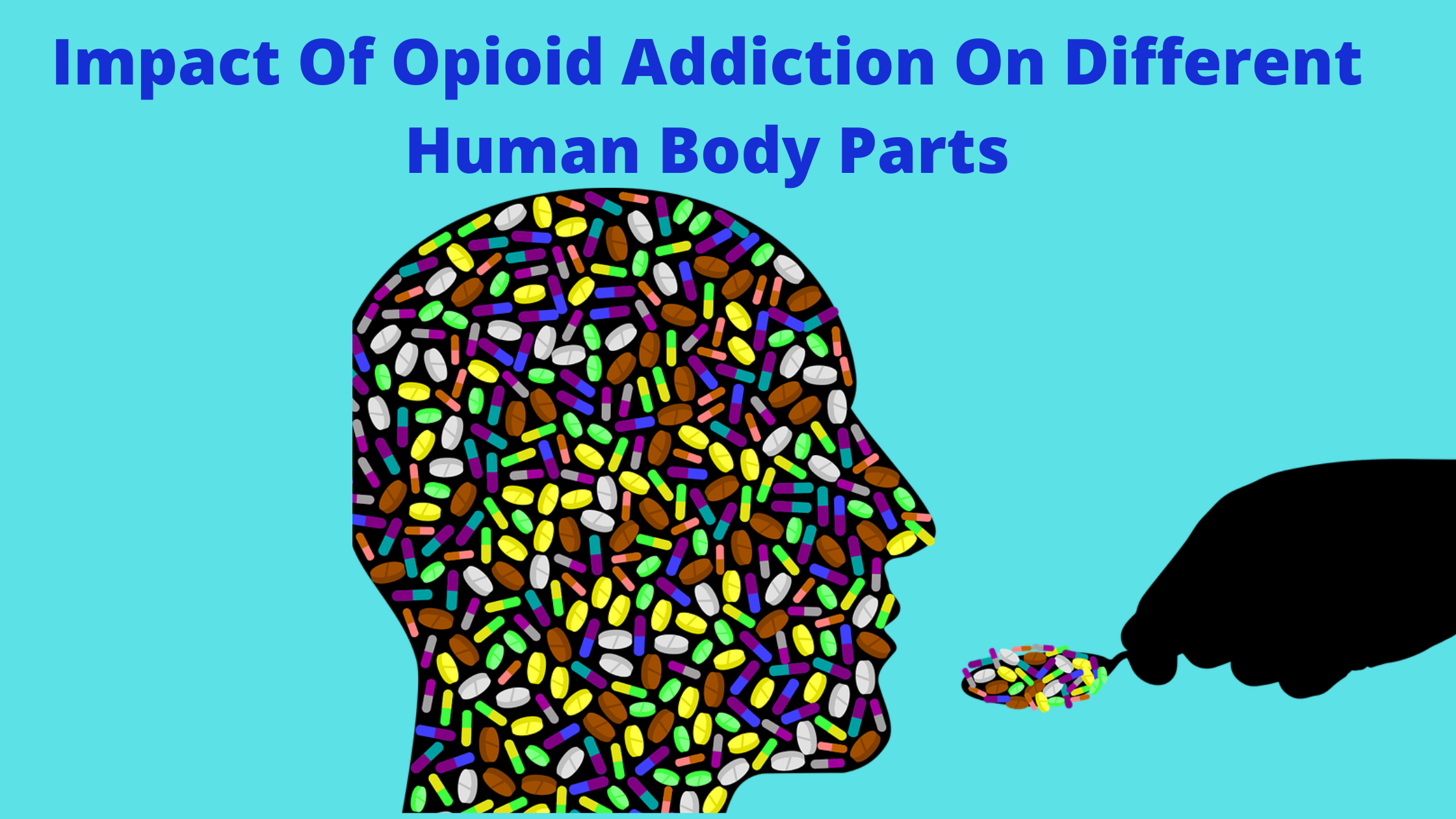
December 12, 2025
Impact Of Opioid Addiction On Different Human Body Parts
Opioids are a wide range of pain-relieving drugs that interact with the receptors in body cells. Opioids are developed from poppy plants such as morphine and then prepared in the laboratories such as fentanyl.
When opioid medicines are distributed in blood cells and attached to the opioid receptors in the brain cellular complexes, signals are released that soften the perceptions of pain and increase feelings of pleasure and satisfaction. The risk of opioid addiction happens when there is long-term pain and injury as it aids healing.
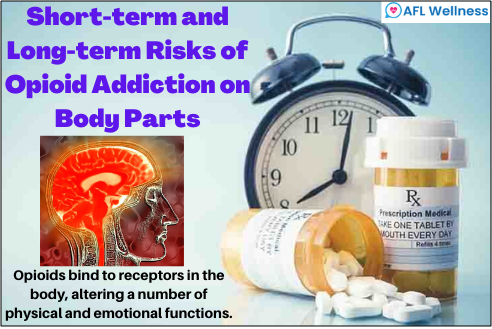
How Opioid Addiction Occurs?
Opioids are largely addictive; in most cases, they activate powerful reward centers in the brain cells. Opioids escalate the release of endorphins, and the brain feels the release of good neurotransmitters boosts the feelings of pleasure. When opioid doses wear off, you might want those good feelings back as early as possible. This is the first step toward the potential opioid addiction.
What Are The Effects Of Opioid Addiction On the Body?
The drug potency and how instantly it is absorbed between different types of opioids, the impacts are similar. However, not everyone using opioids over a longer duration develops tolerance and experience withdrawal symptoms if they are suddenly stopped from consumption. But few individuals develop substance misuse disorder.
Opioid addiction contains many risks, some even life-threatening, which could lead to over-addicting substance use. Following are some of the effects of opioids on the body:
- Alterations in the brain such as loss of ability to cope with pain naturally
- Drowsiness, mental blockage and nausea with slow breathing
- Dizziness and constipation
- Sleeping problems, including transient insomnia
- Craving for food and sweating
- Sensitivity to pain and small eyelids
- The physical dependence on others
Which Drugs Are Used In Treatment Of Opioid Dependent Individuals
Opioids are highly addictive and activate the powerful reward centres in the brain and thus, trigger the effects in the brain caused due to opioid addiction.
The utilization of drugs in opioid dependence treatment requires complete consideration of various factors relating to the person being treated and the complexity of the treatment. Before starting the drug therapies, explore various de-addiction treatment options, such as free medications and counselling.
Following are the drugs used in the treatment of opioid dependence among individuals:
- Methadone: acts as an opioid in the brain to reduce the desire to use addiction drugs. The patient feels normal with no withdrawal symptoms. It also reduces drug cravings.
- Buprenorphine: acts as an opioid in the brain, reduces the desire to use problematic drugs and thereby aids the patients in avoiding withdrawal symptoms. It also reduces drug cravings.
- Naltrexone: works by blocking opioids from acting on the brain cells and eliminates the capability to get high from consuming opioids. It helps prevent drug re-occurrence but does not eliminate cravings for every drug.
- Naloxone is an opioid antagonist that can help precipitate abstinence malformation in individuals with opioid dependence.
Drug Awareness Program And Addiction Services
Many drug centres are operating and delivering services under the supervision of Integrated Rehabilitation Centres for patients dealing with drug addiction, such as opioids, cannabis, heroin, cocaine, ganja, alcohol addiction, and morphine addiction. They provide a complete streamlined program for substance use and treatment for opioid dependence. AFL Wellness rehabilitation provides top-notch services by ensuring that patients' and families' needs are met.
What Are The Stages Of Rehabilitation Centre?
The stages of Rehabilitation are as follows:
Phase 1 - Swelling and Control Pain
Phase 2 - Improve Range of Motion and Flexibility
Phase 3 - Improve Strength and Begin Proprioception/Balance Training
Phase 4 - Proprioception/Balance Training & Sport-Specific Training
Phase 5 - Gradual Recovery to Full Activity
Some of the benefits they offer are among the chosen which help as an intermediary for treatment of opioid addiction recovery:
- De-addiction treatment
- In-patient and out-patient services
- 24*7 pick-up and drop facility
- In-house doctors visit
- Psychiatrist counselling
- Group therapy sessions
- Behavioural therapy sessions
- Opioid addiction
